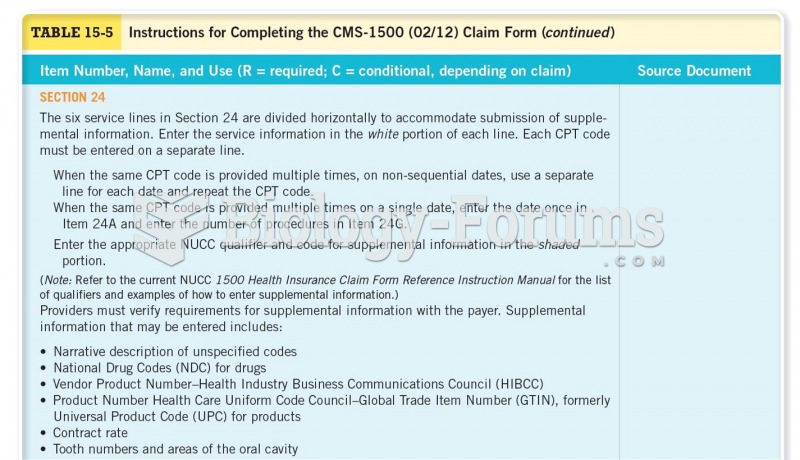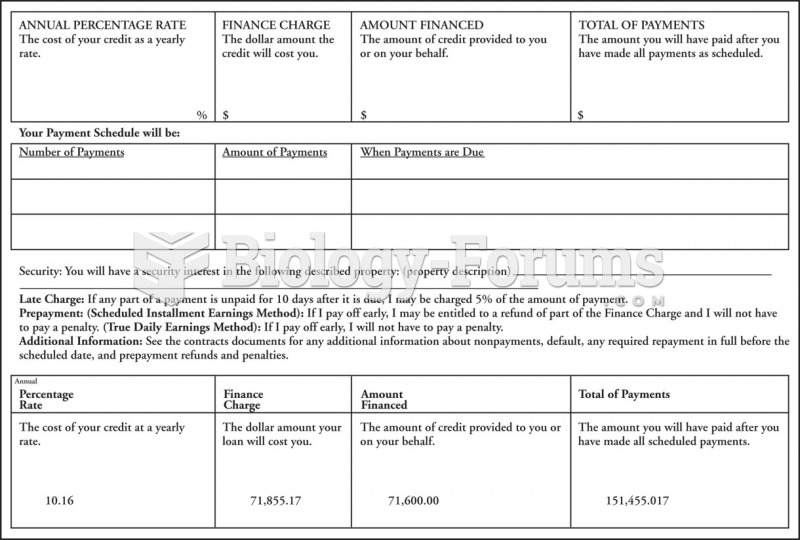Answer to Question 1
Correct Answer: 2,3,4
Rationale 1: Breathing techniques do not provide a form of anesthesia.
Rationale 2: When used correctly, breathing techniques can increase the woman's pain threshold and permit relaxation.
Rationale 3: When used correctly, breathing techniques can enhance the ability to cope with contractions.
Rationale 4: When used correctly, breathing techniques can provide a sense of control and allow the uterus to function more effectively.
Answer to Question 2
Correct Answer: 2
Rationale 1: Avoiding both liquids and solids during labor, which was once standard practice, is no longer so because evidence-based practice research and new guidelines indicate that clear fluids can be consumed throughout labor and up to 2 hours
before an elective cesarean birth.
Rationale 2: Evidence-based practice research and new guidelines indicate that clear fluids can be consumed throughout labor and up to 2 hours before an elective cesarean birth. Research shows that the volume of liquid consumed is less important than the presence of particulate matter ingested because this increases the risk of aspiration.
Rationale 3: Evidence-based practice research and new guidelines indicate that clear fluids can be consumed throughout labor and up to 2 hours before an elective cesarean birth. Research shows that the volume of liquid consumed is less important than the presence of particulate matter ingested because this increases the risk of aspiration. While black coffee is considered a clear liquid, adding creamer would be contraindicated.
Rationale 4: Evidence-based practice research and new guidelines indicate that clear fluids can be consumed throughout labor and up to 2 hours before an elective cesarean birth. Research shows that the volume of liquid consumed is less important than the presence of particulate matter ingested because this increases the risk of aspiration. Black coffee is considered to be a clear liquid.








